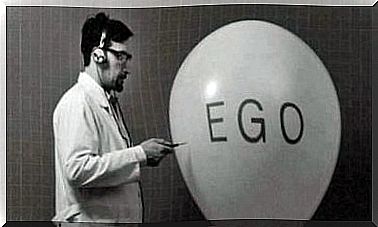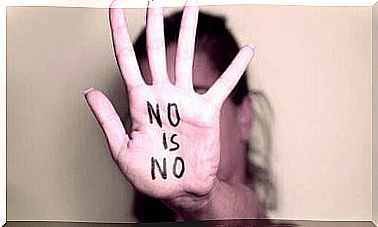Every Gesture Is A World
Every day we voluntarily make a variety of gestures. We perform them to exchange information that others can understand. The regularity with which this happens can lead us to believe that a gesture has meaning. But gestures in themselves have no meaning. Each gesture takes on meaning from the person interpreting it.
When we travel, we come to places with a different culture from our own. The way other people move and act can seem strange. We may not understand the meaning of their gestures, even if they resemble the gestures we make. The truth is that every gesture is its own world, or at least it can be.
wink
Let’s take a wink as an example. This gesture involves closing one eye very briefly while the other eye remains open. It is an easy gesture to recognize but not easy to interpret.
Imagine this situation: more people drink a cup of coffee on the terrace of a cafe. A boy winks at a girl who is looking at him. At another table sits another boy who also winks, but not directly at anyone. The girl returns the boy’s wink with a wink, while another girl looking at all three of them also winks.
How can we interpret this situation? What meaning does each gesture have? If you will, think of the meaning you would give to each wink. As you read on, compare your interpretation with the real meaning.

This is the interpretation of this story and of each gesture:
- The first boy to wink did so on purpose. He wanted to get the attention of a girl he was interested in. Intentionally winking at someone is a gesture that has the meaning of a courtship ritual. It serves to show that someone has some intention, romantic interest. It is also a gesture that sometimes attempts to affirm or emphasize complicity. In another context, it can also mean mockery, especially if it was accompanied by sarcasm.
- The second boy who winked did so involuntarily. Because he has a nervous twitch that makes him wink. Since it’s a trait, he wasn’t looking at anyone specifically.
- The girl who returned the boy’s wink did so because she wanted to fit in. She comes from another culture where winking has no meaning. So this girl responded with a wink because she thought it was something culturally appropriate, like a greeting.
- Finally, we have the girl who oversees the entire scene and winks. She just winked because something had gotten into her eye. In this case, the winking is a reflex action to remove the dust in her eye. This wink is therefore involuntary.
This story is made up. Yet it shows that winking can have multiple meanings and be voluntary or involuntary. Have you guessed the meaning of every gesture, of every wink? Now you can imagine how difficult it can be to interpret this sign. Without having proof of the meaning a sign usually has in any context, it can be very complicated to guess the meaning of a gesture.
Ferdinand de Saussure: meaning and signifier
For Ferdinand de Saussure, gestures are composed of the union between meaning and signifier. The meaning is what the gesture means while the signifier is the word it represents. This includes both his spelling and his pronunciation. In the case of gestures, the signifier is the gesture itself.
The union of the two, the signifier and the meaning, does not lead to the conclusion that this connection is arbitrary. This means that a simple movement of the hand can have a meaning to which it has no connection whatsoever. Hence, it is sometimes difficult to know the meaning of gestures.
A gesture in another culture
Different cultures usually have gestures with different meanings. We give you some examples here. These gestures have a different meaning than those you may be familiar with:
- Showing the thumb specifically means that everything is okay. But in Germany it means peeing. And in the Middle East, it’s a gesture of anger toward someone.
- Eating all the food on your plate means, to you, that the food was very tasty. But the same act shows in China and the Philippines that the portion was tight and the host was stingy.
- Sticking the palm out is a sign that we want to tell someone to stop or wait. But in Greece, this way of holding your hand is a way of calling the other person a criminal.
- Keeping the index fingers and pinkies straight while folding the other fingers over your palm can mean “rock on” in the United States. However, in Spain this gesture is used to indicate that a person’s partner is unfaithful. In Africa, this gesture indicates a curse. A similar gesture is used in Hawaii. Here you put the thumb and the little finger together. It is a common way of greeting in Hawaii.
- Giving flowers to someone usually serves to express love or sympathy. Most of us won’t count the number of flowers. But in Russia, giving an even number of flowers means wishing the recipient died.

The next time you travel, be careful how you interpret gestures. But you have to be even more careful with the gestures you make yourself. Because when we don’t know a culture or a context, we can come to absurd conclusions. When in doubt, ask. This will help you avoid conflict.









